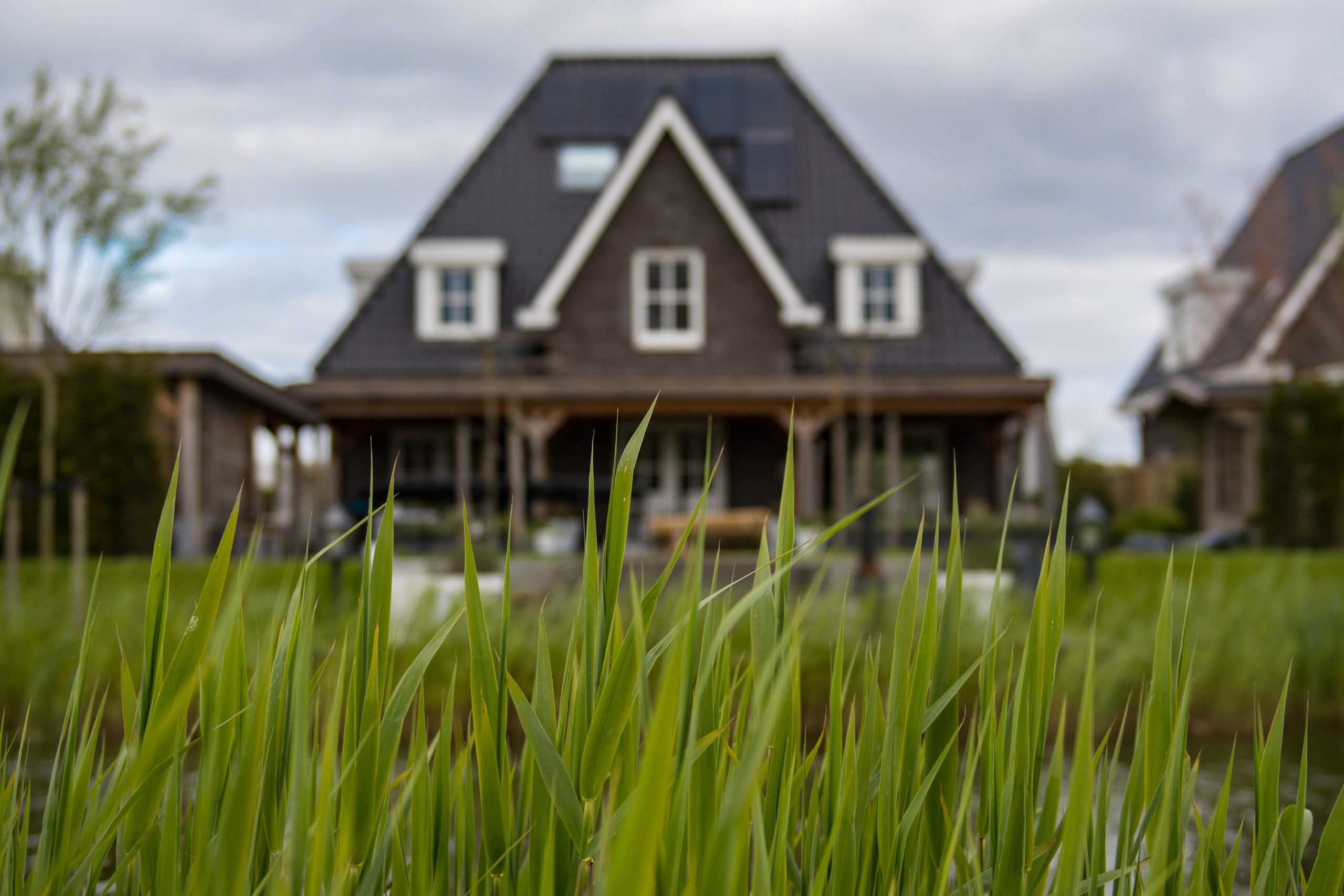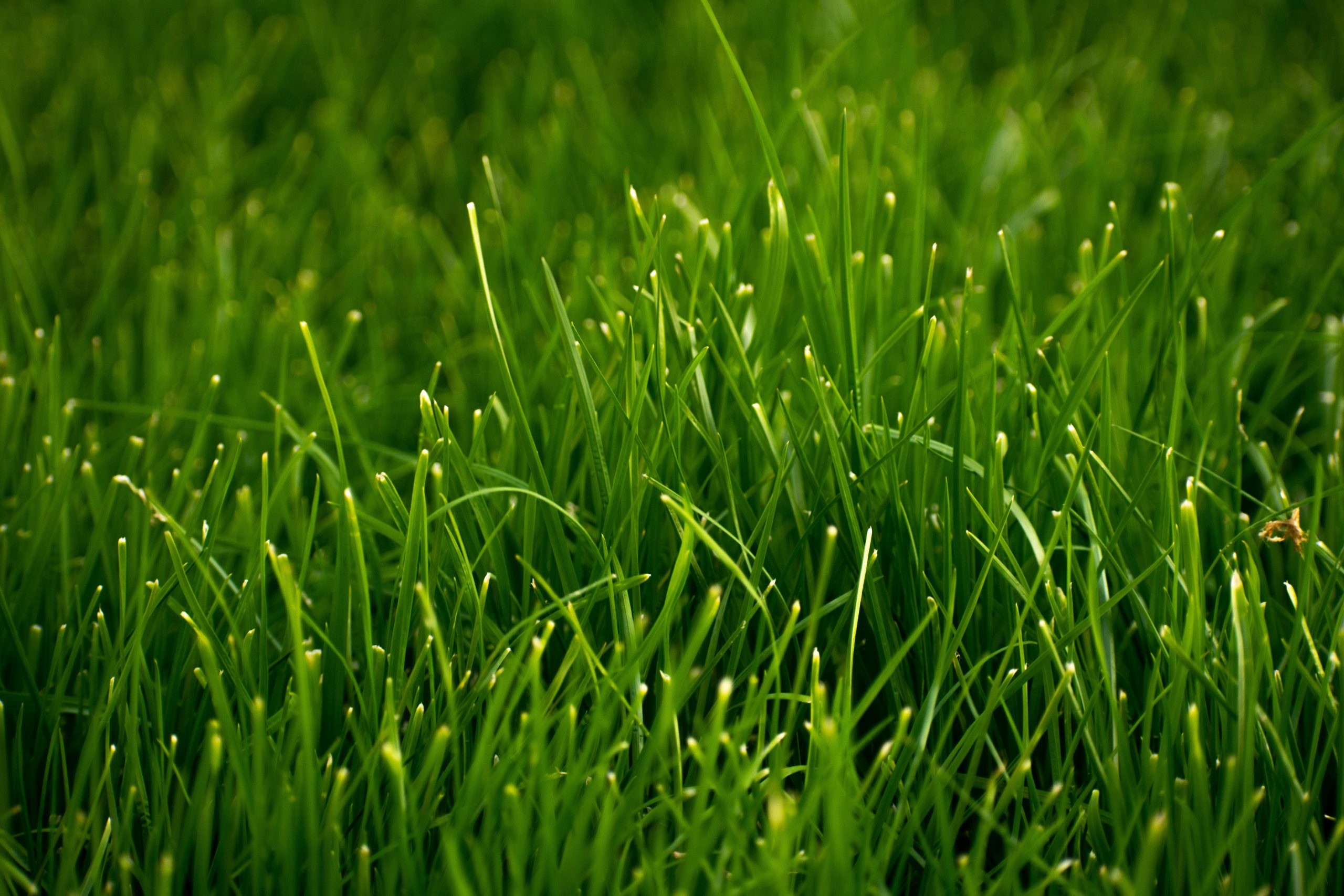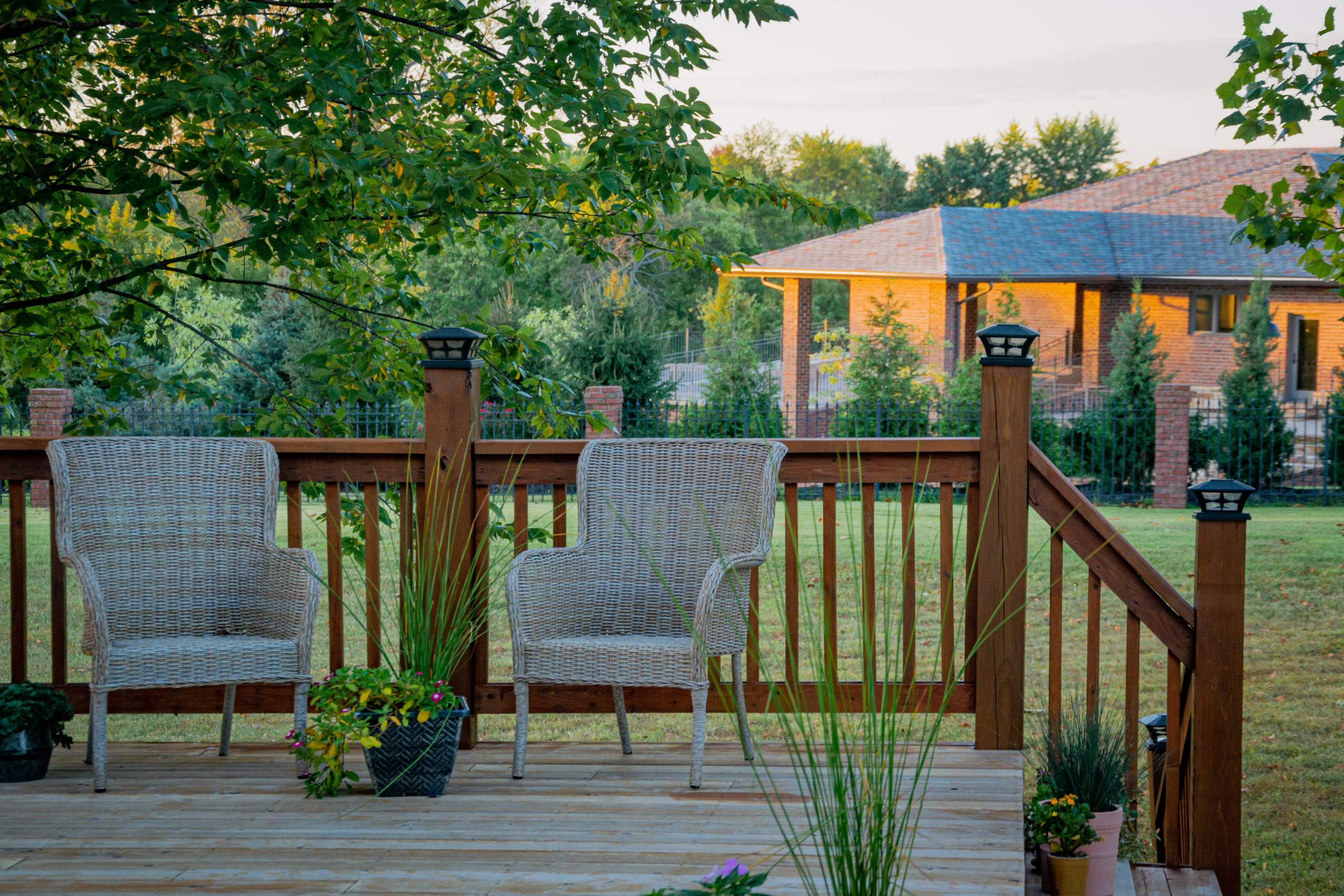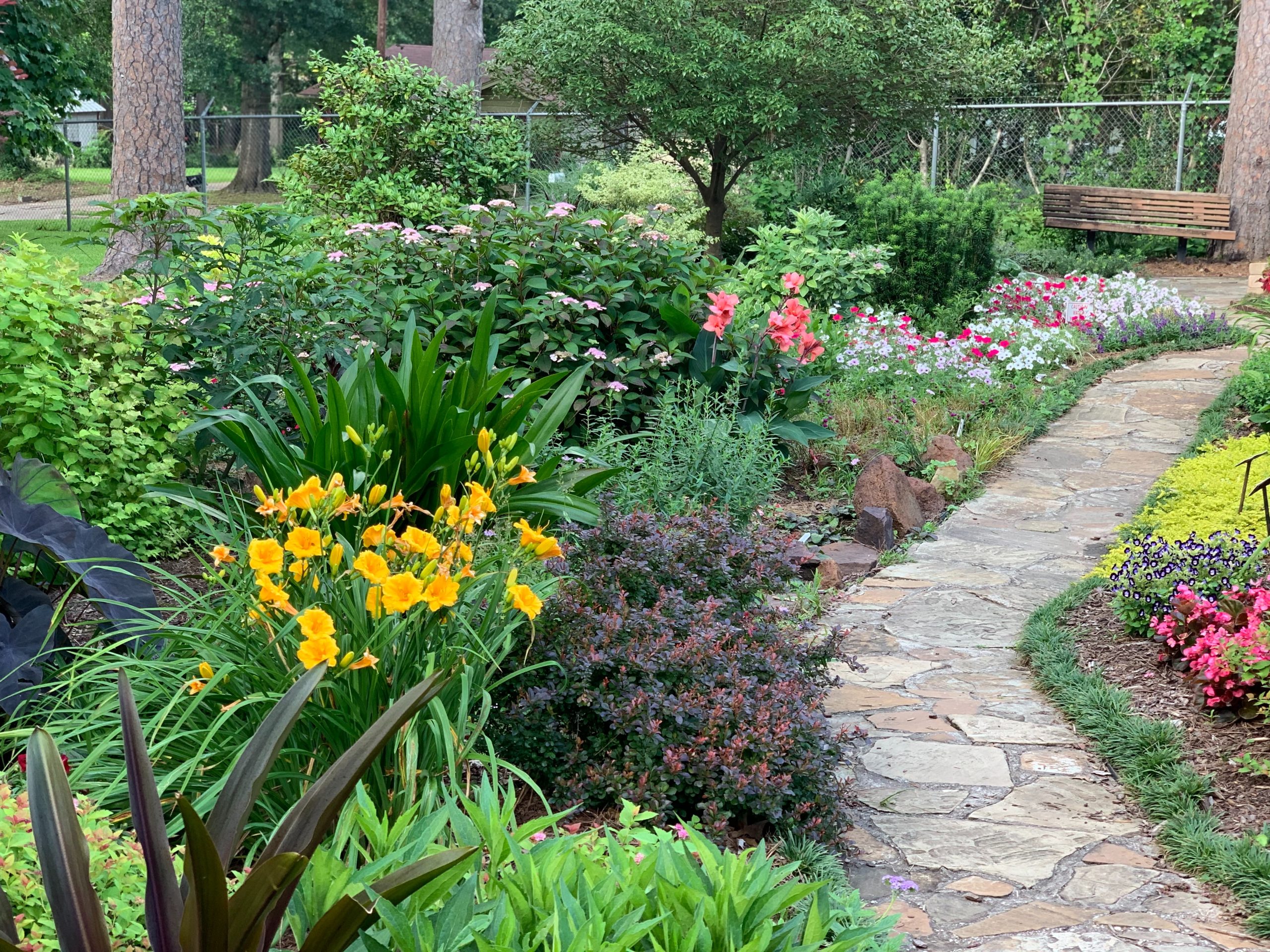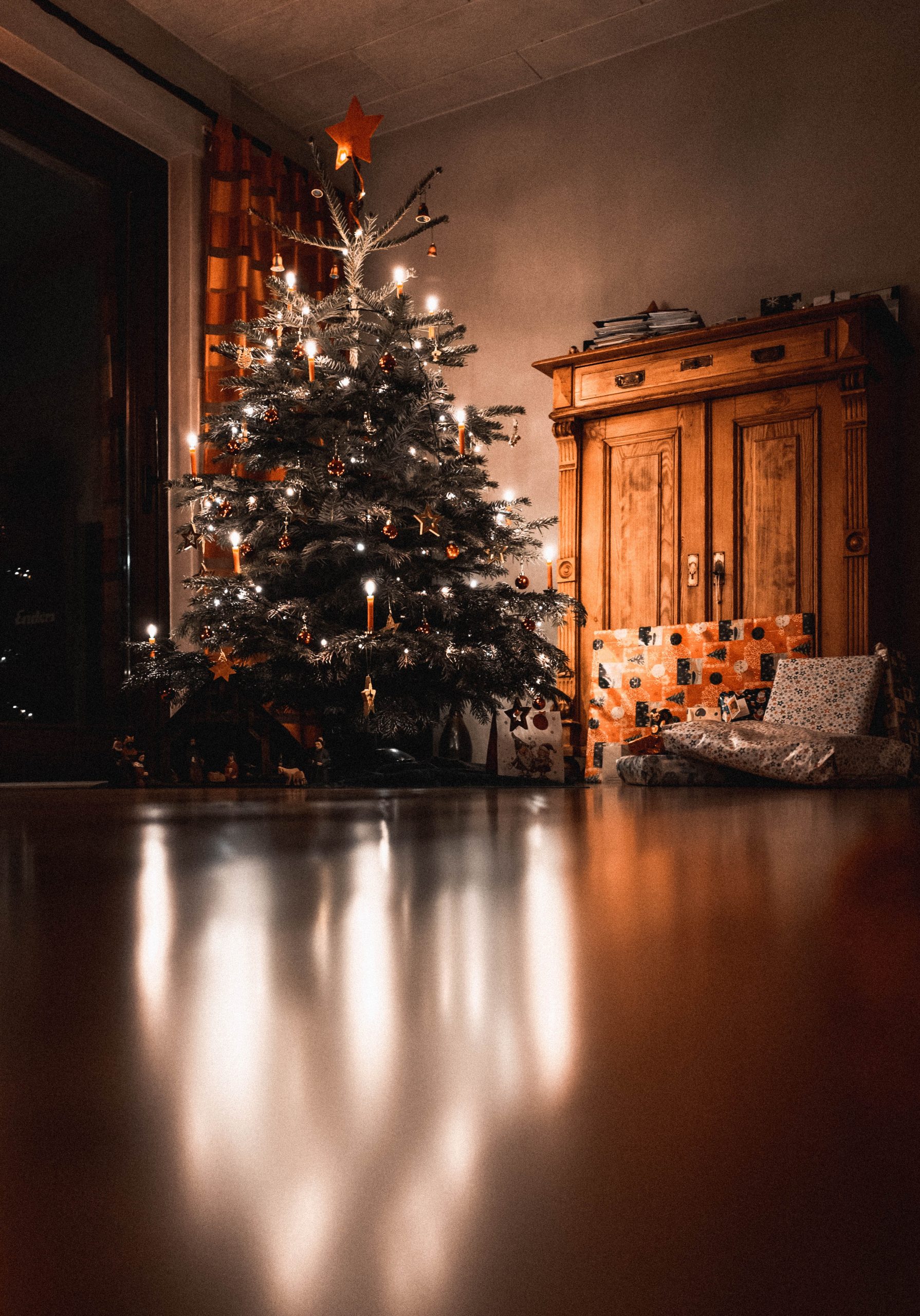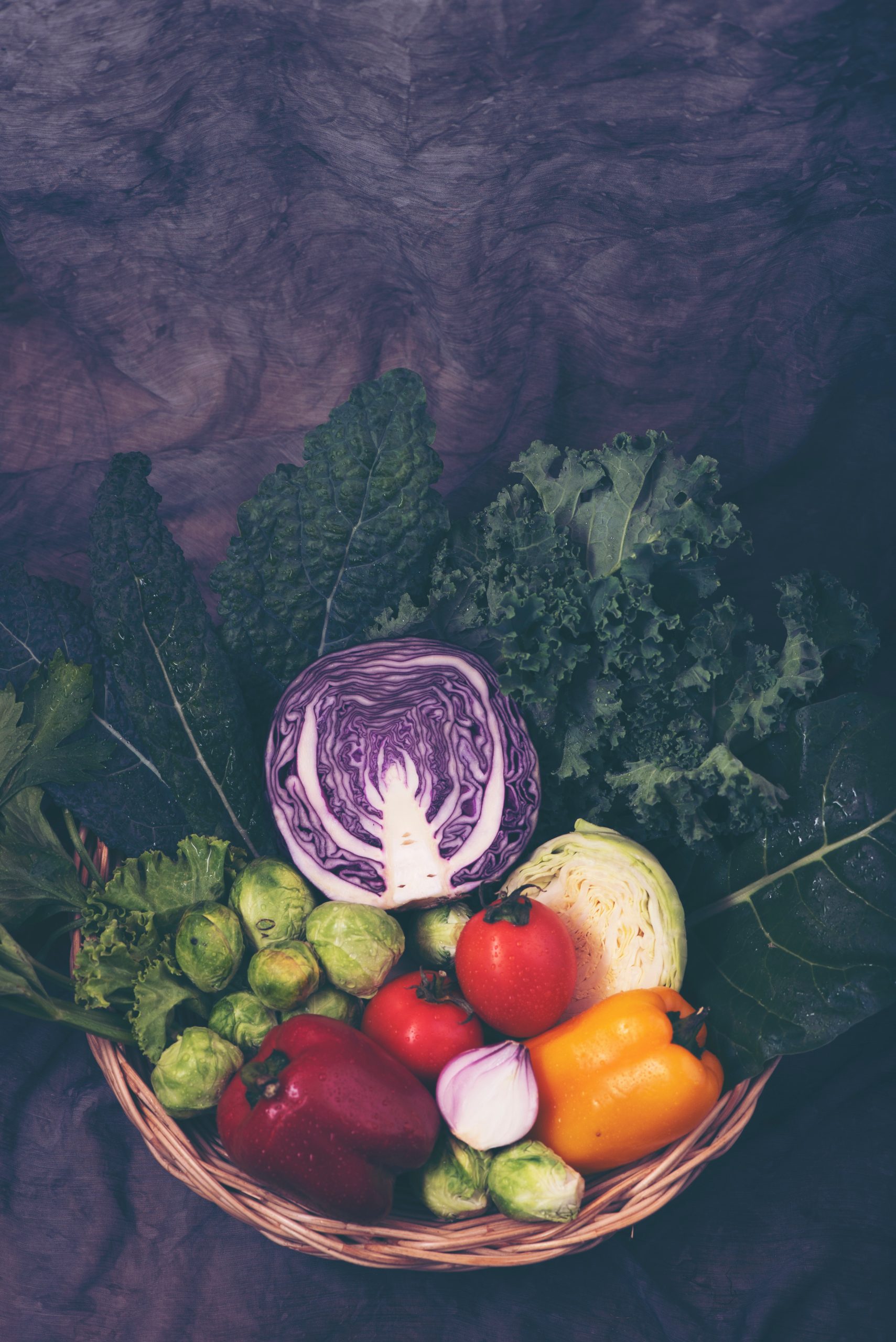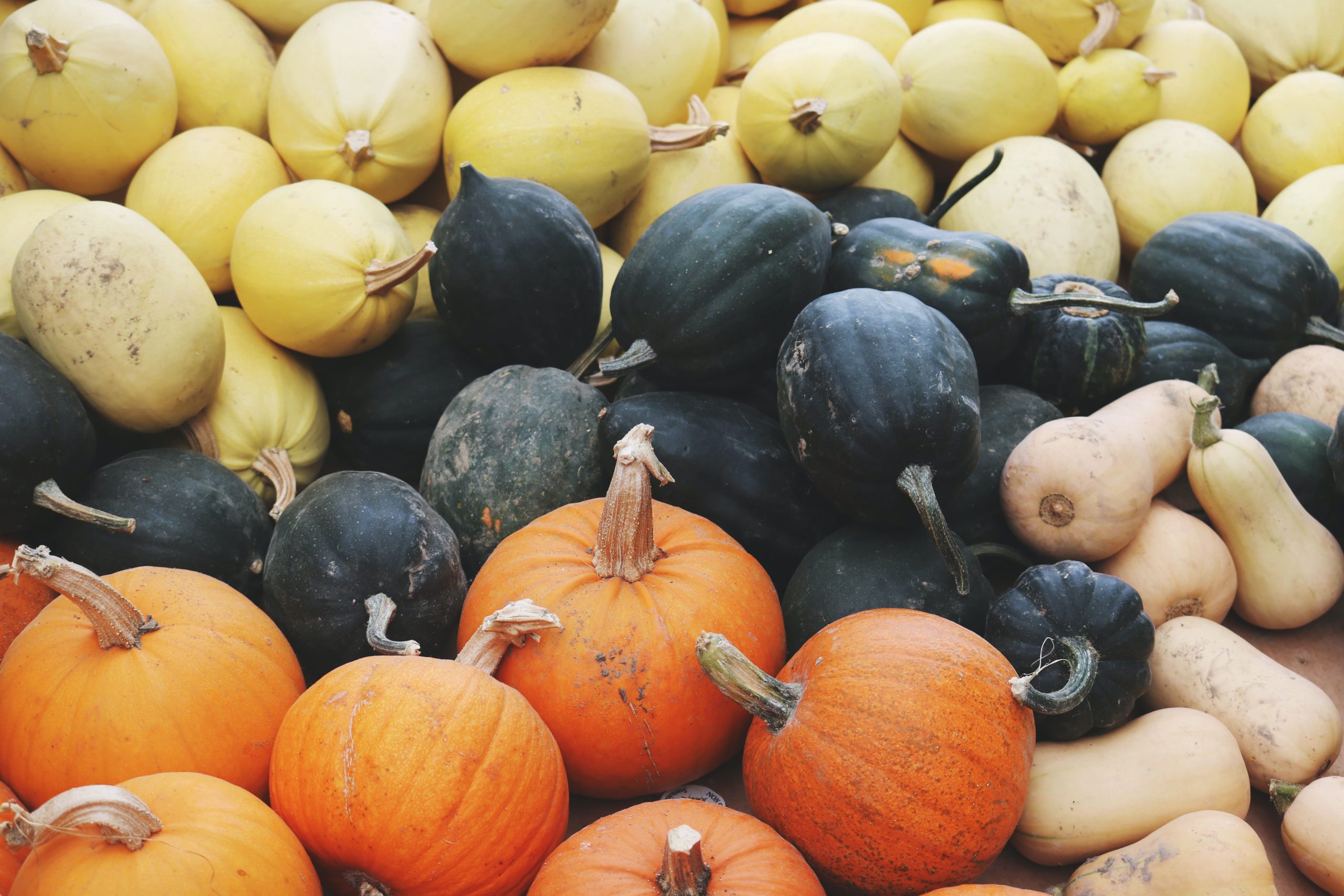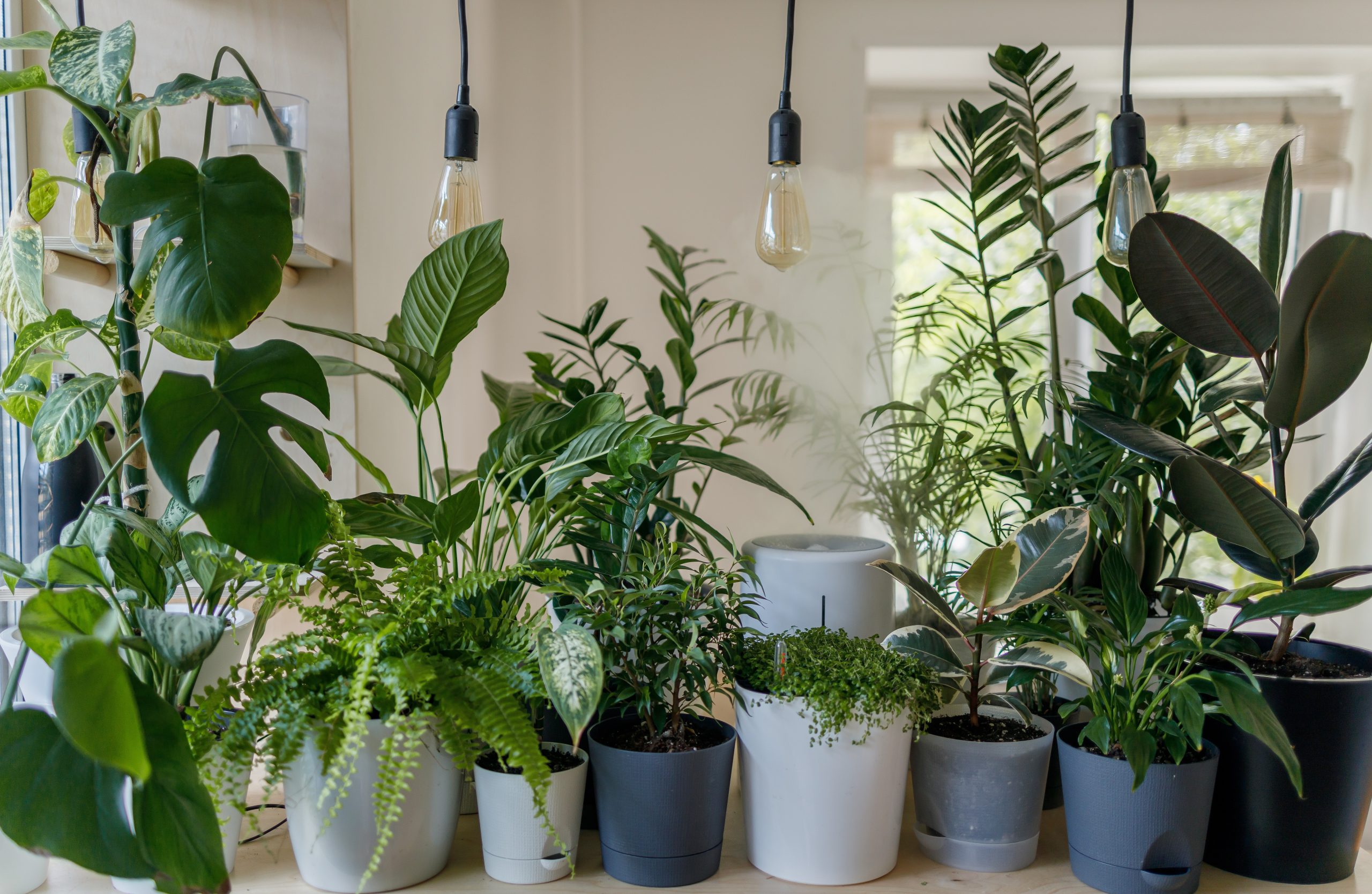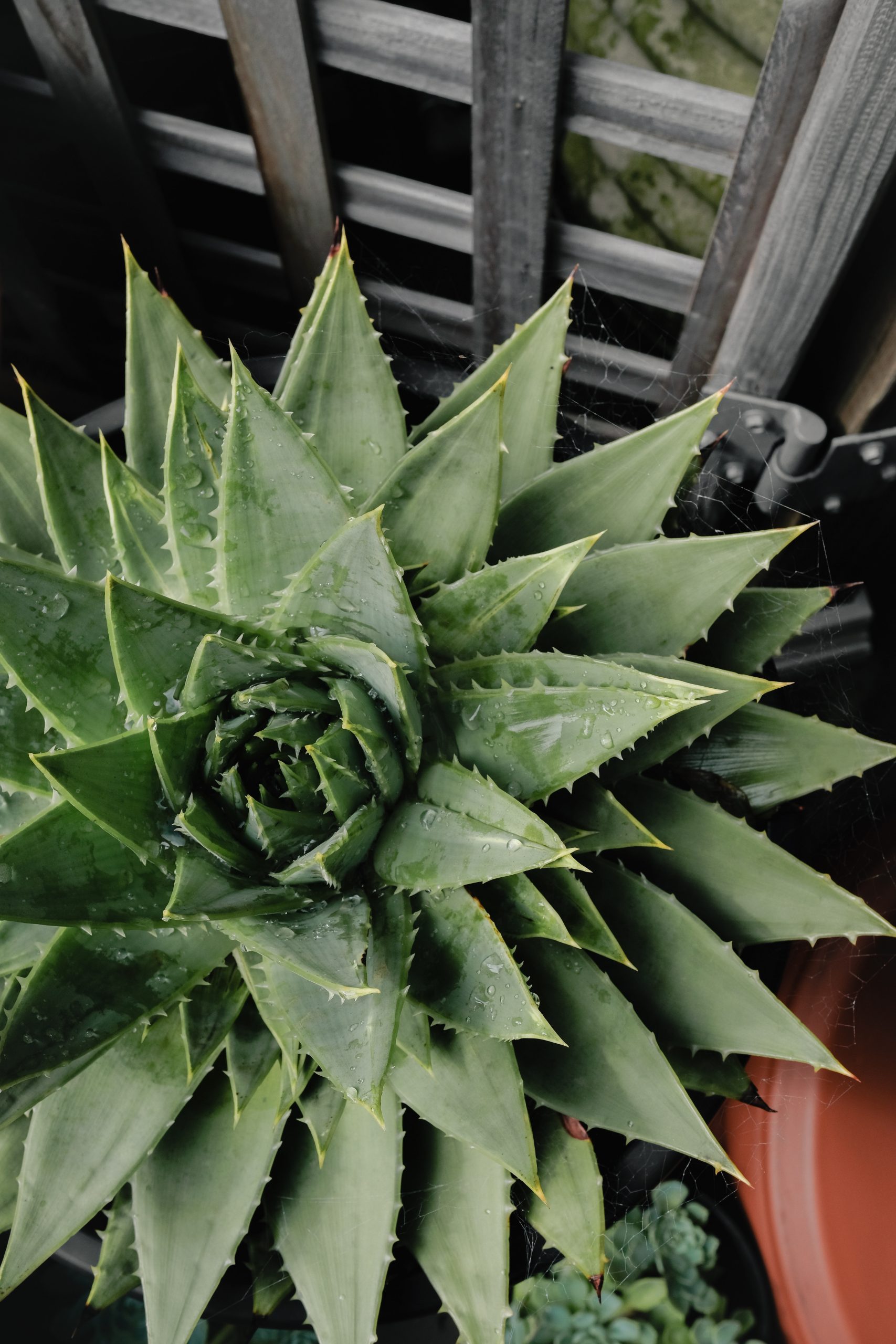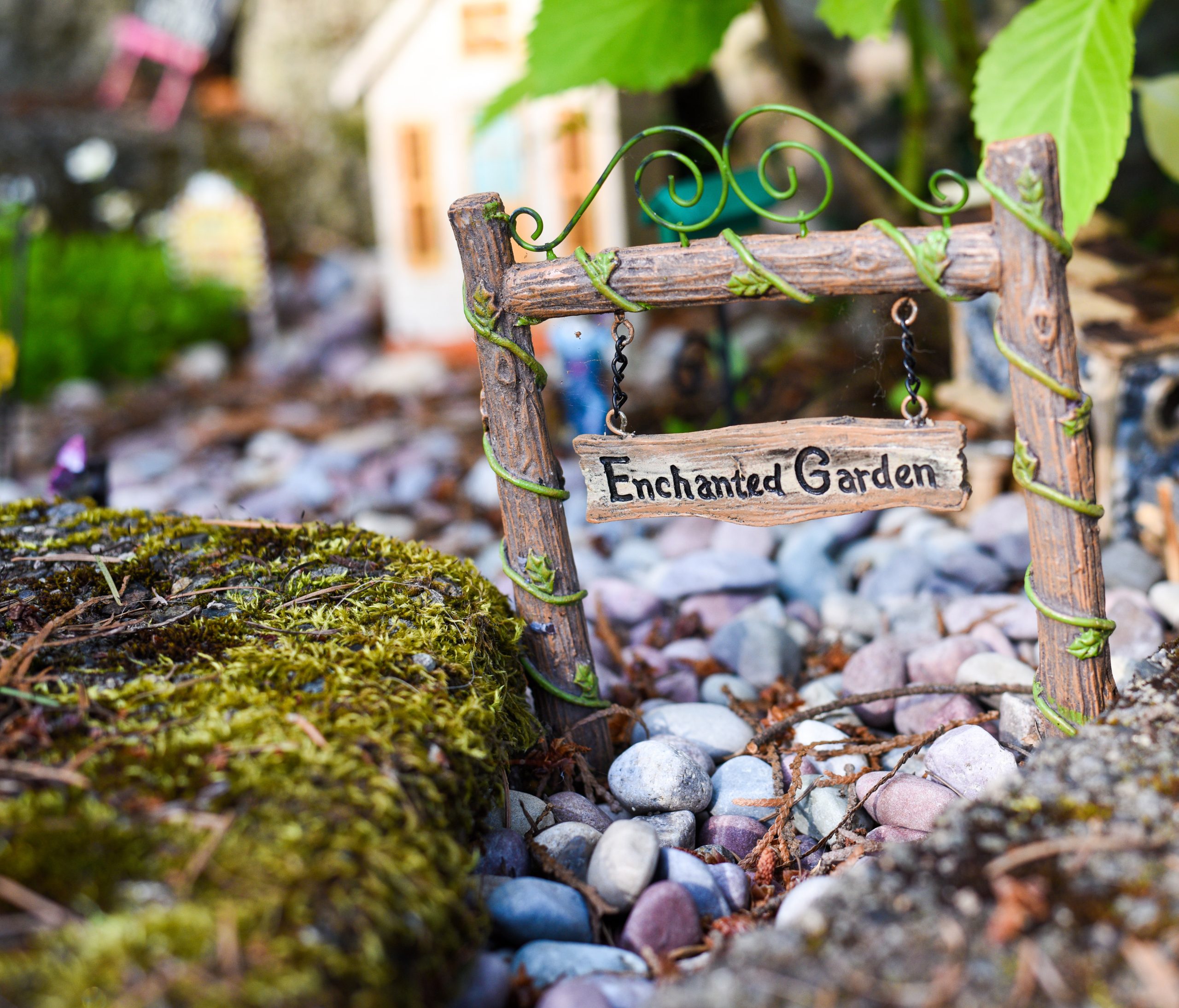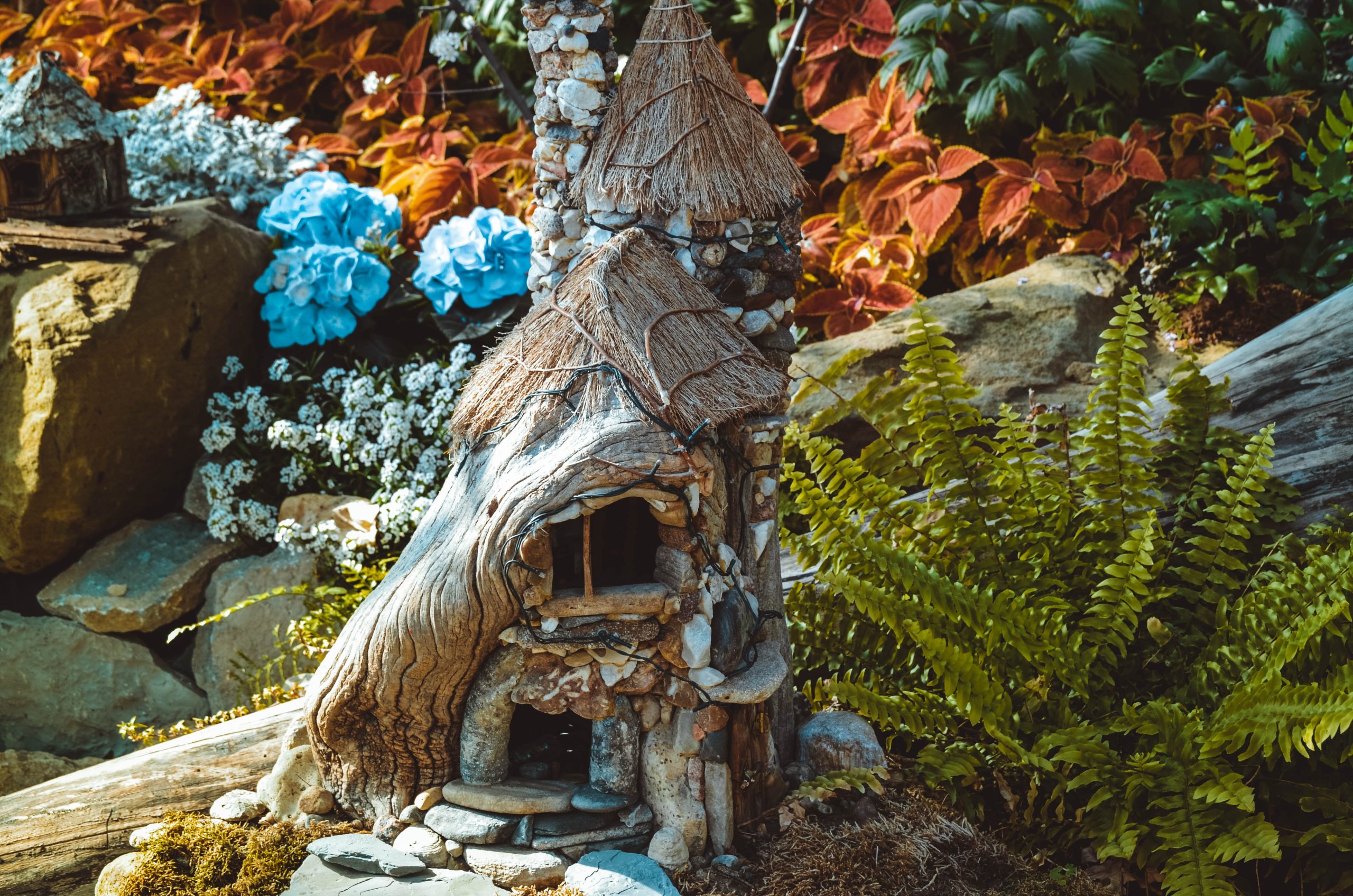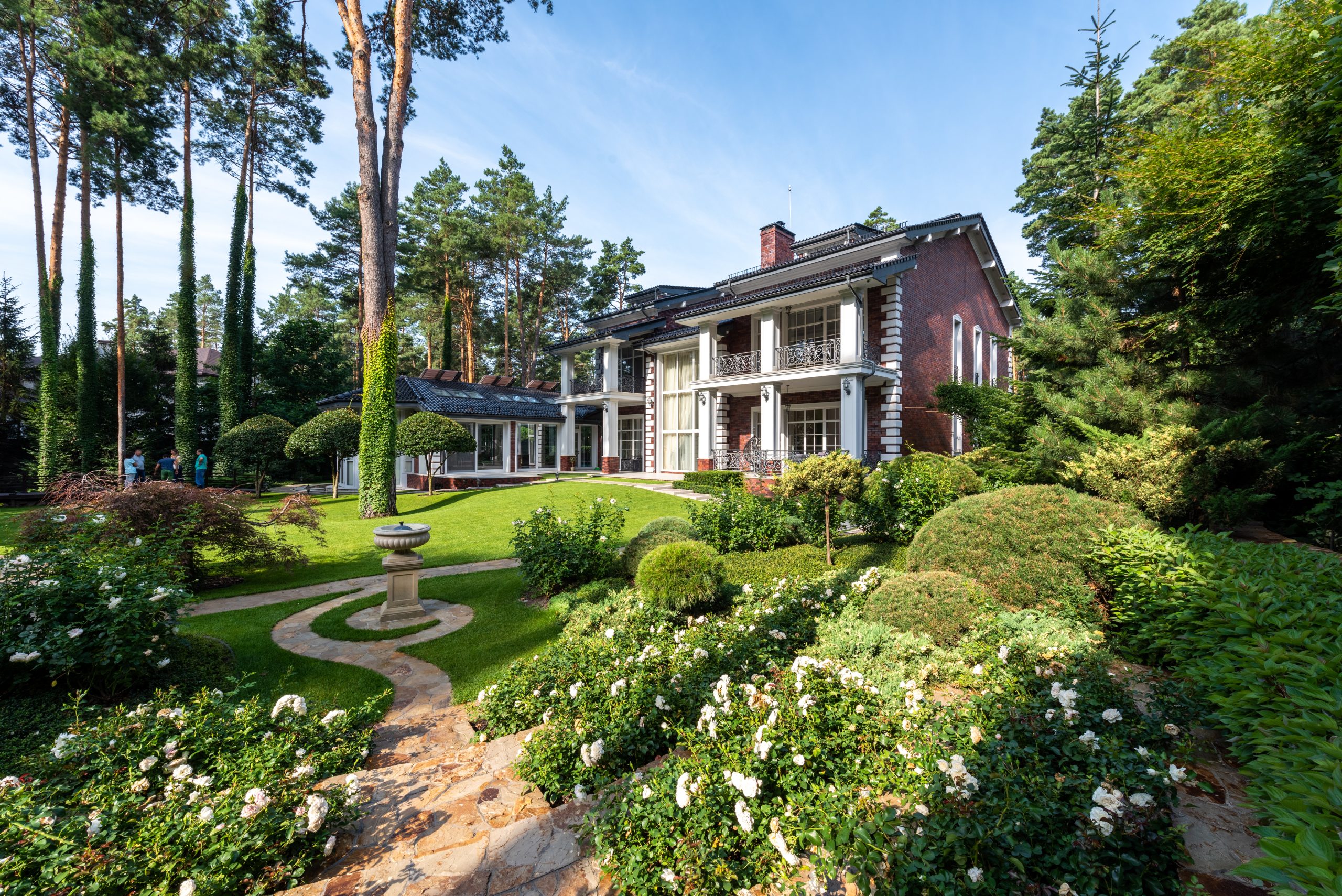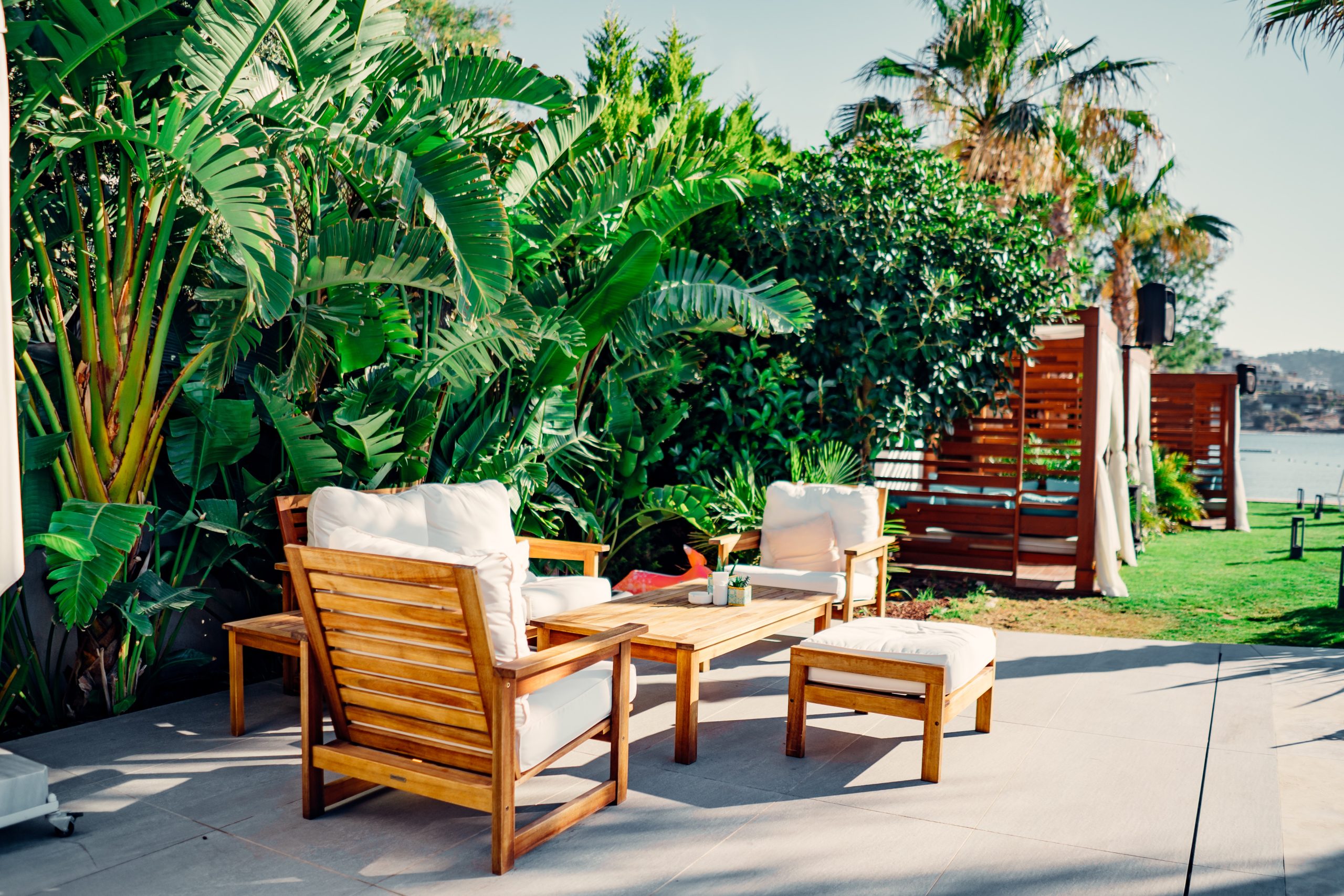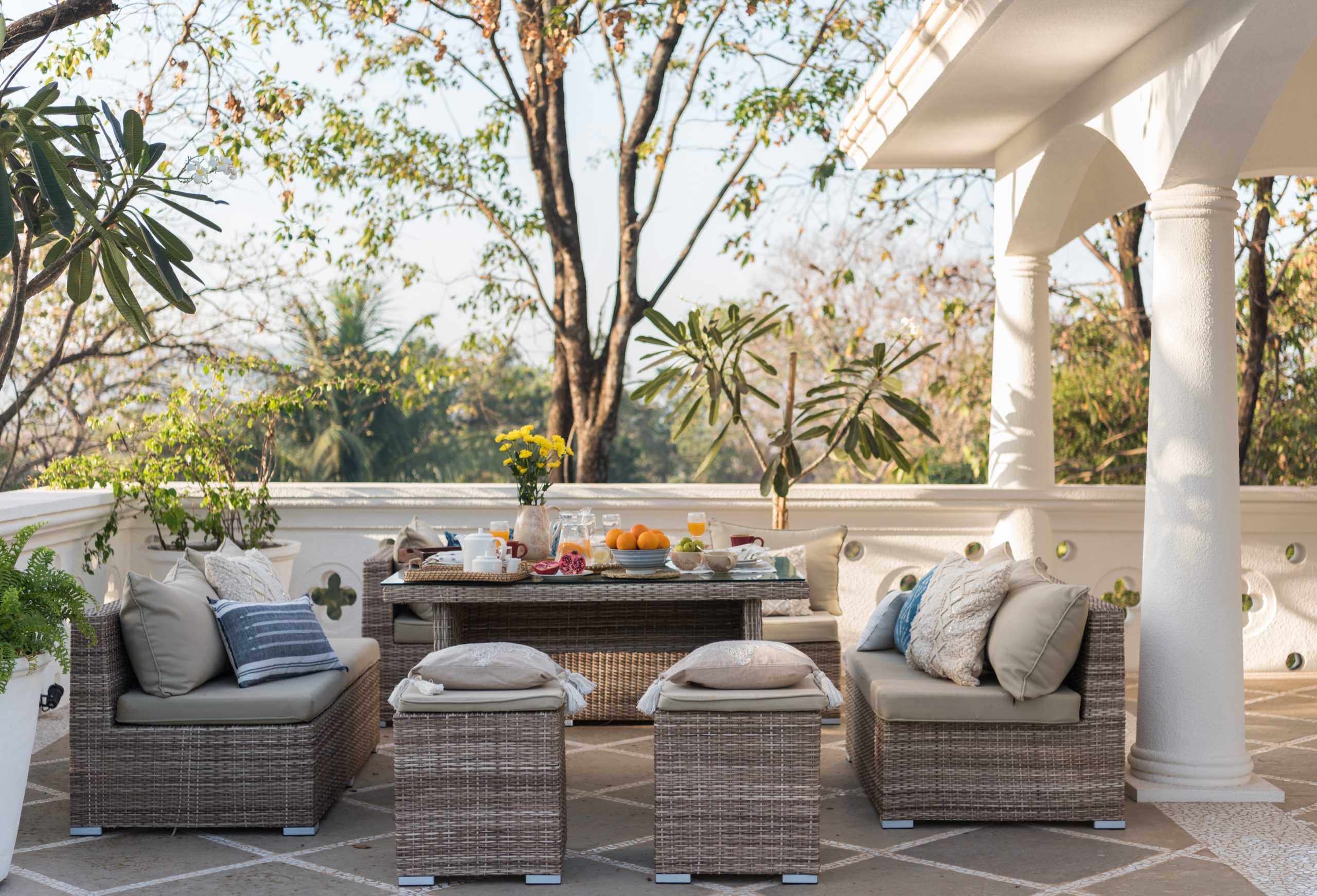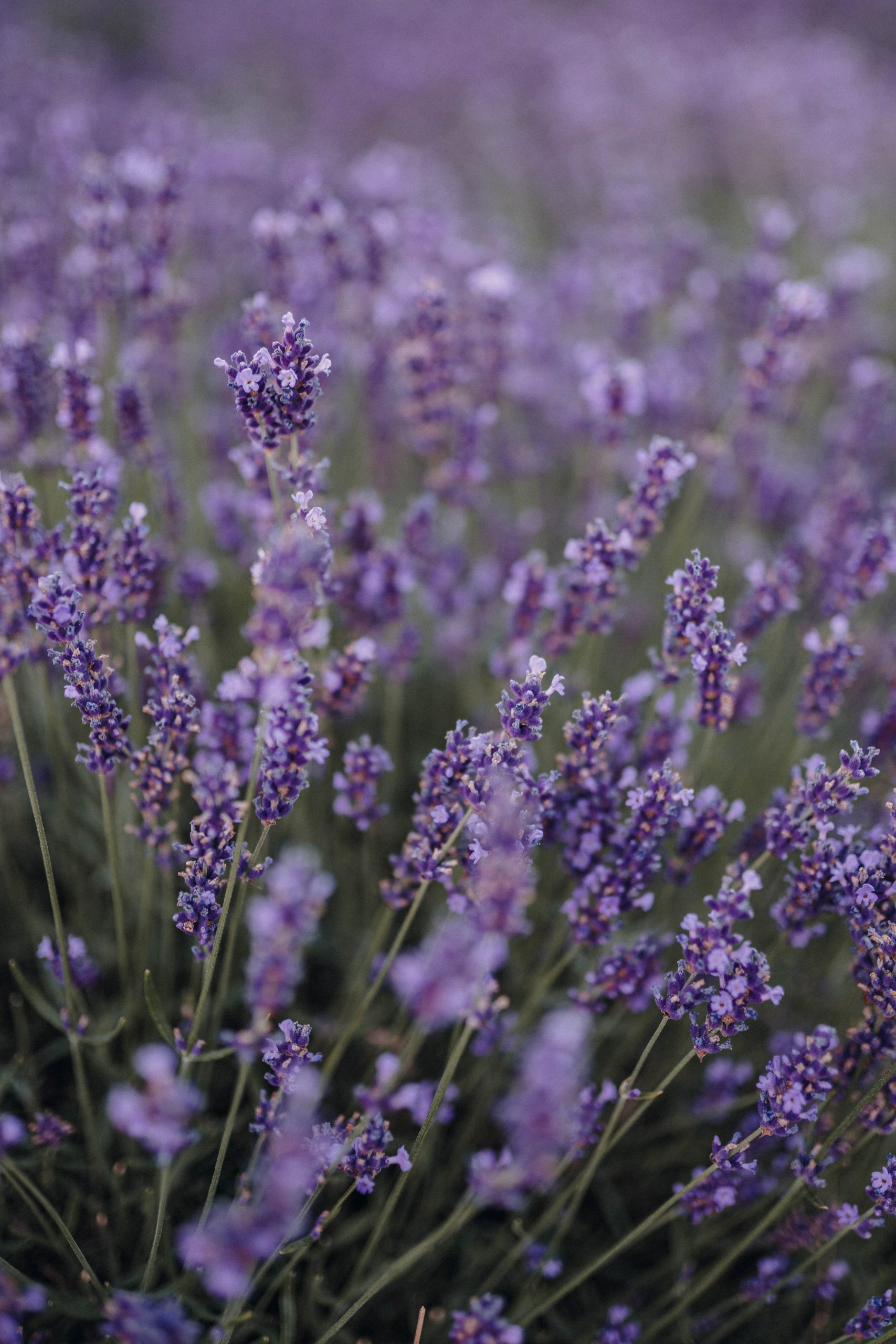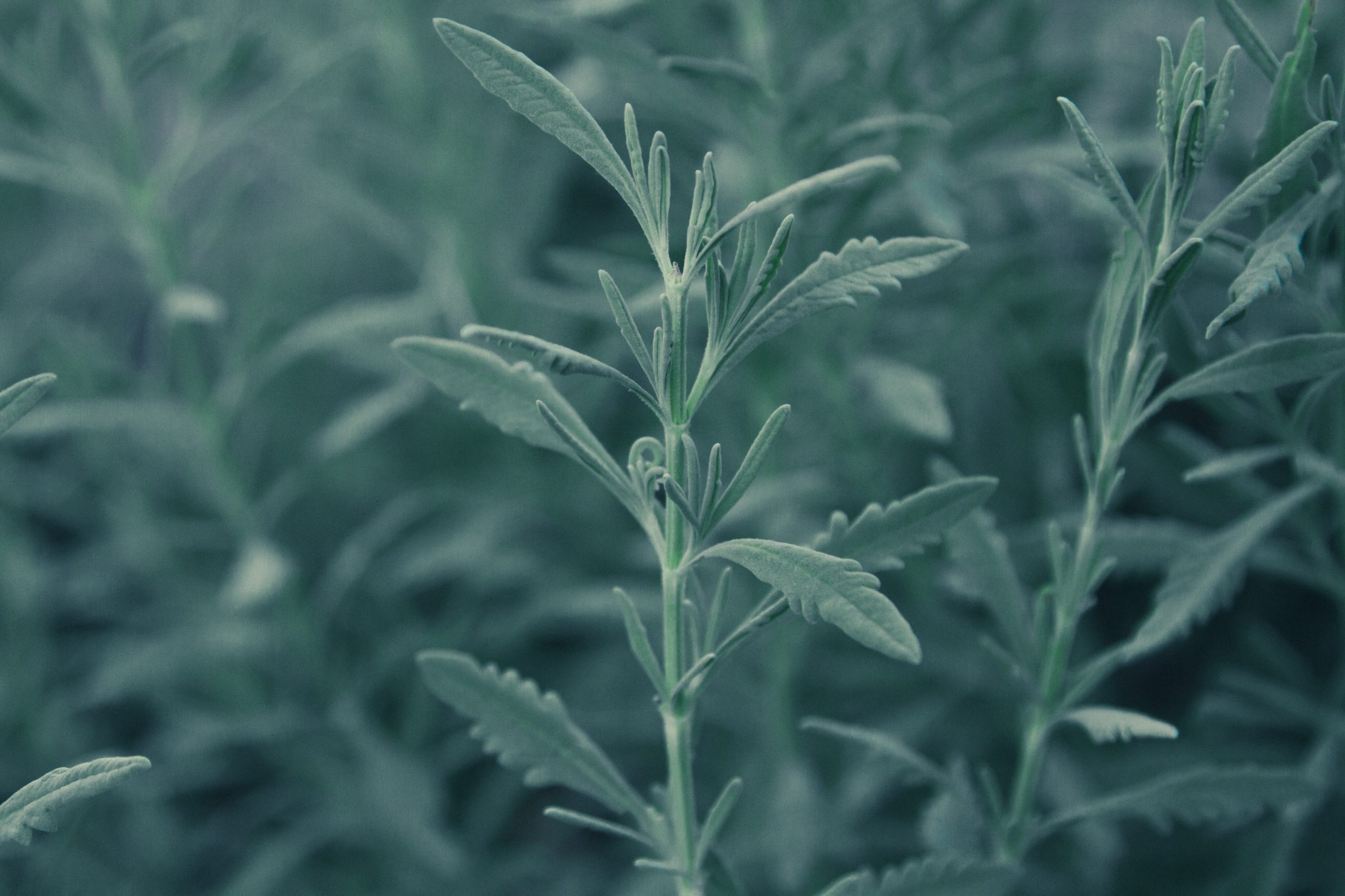Are critters getting to your garden? Keeping them out of your garden can be a challenge, but it doesn’t have to be. With some simple lawn maintenance and critter-proofing measures, you can make sure your garden is free of unwanted visitors. In this blog post, we’ll take a look at how to effectively critter-proof your garden and make sure it stays healthy and free of pests.
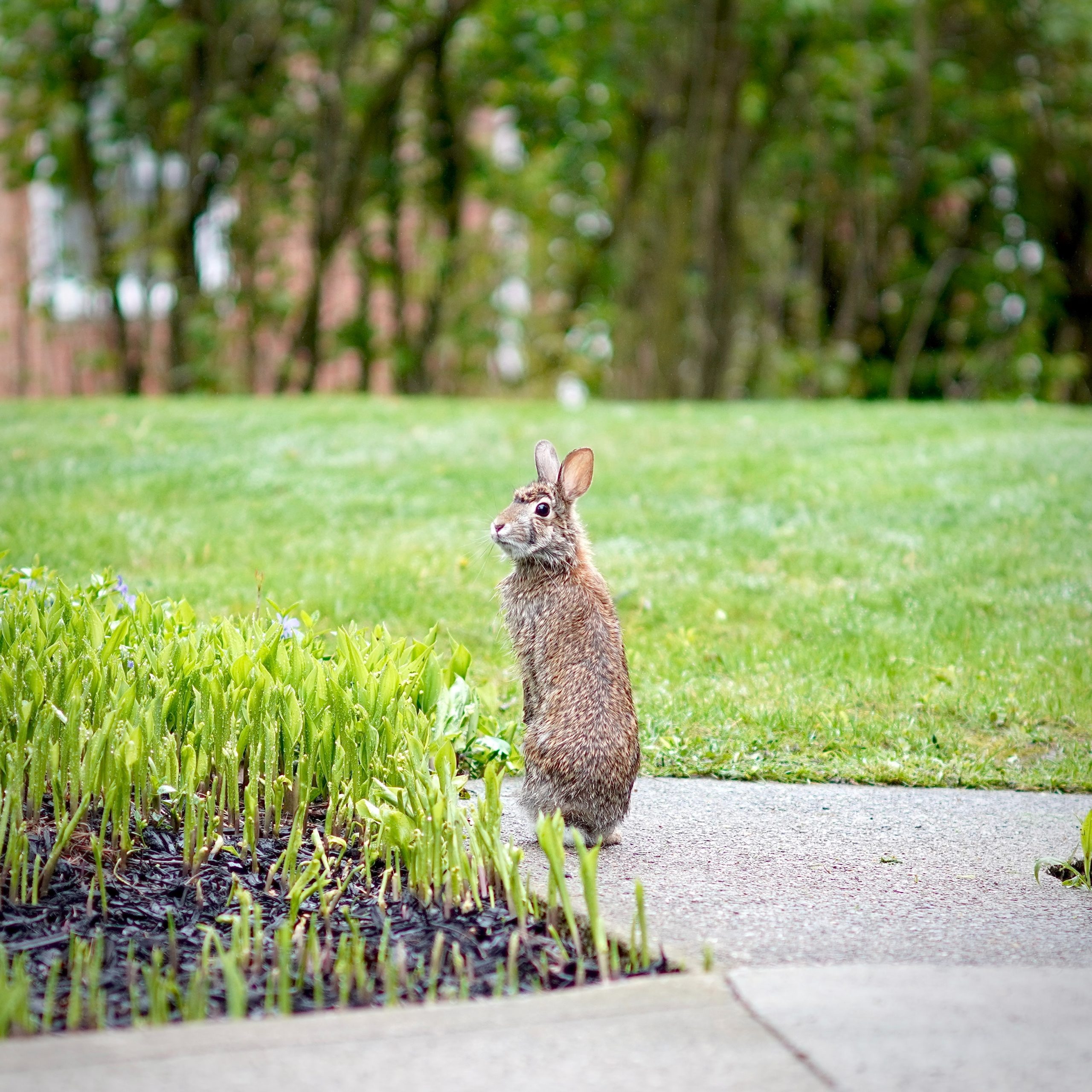
3 Ways To Critter Proof Your Garden
- Build A Fence
One of the most effective methods to critter proof your garden is to build a fence around it. The fence you build should be strong enough and high enough to keep out any small critters. It is important to make sure the fence is installed correctly to ensure it is critter proof and that no holes are left open for small critters to get in.
2. Use The Proper Mulch
Not only is mulch beneficial for lawn maintenance and landscaping, but it also provides a way to discourage any animals that may be looking to snack on your garden. From deer to rabbits and other smaller critters, mulch can serve as a natural barrier that helps protect your plants. With various types of mulch available, it’s important to do some research on which type works best in keeping the critters away. There are organic and inorganic types, so you will want to make sure you understand what’s best for your particular garden.
3. Use Repellents
Repellents are the last line of defense when it comes to keeping critters away from your garden. Whether you’re dealing with deer, rabbits, or squirrels, there are a variety of products available to help protect your landscaping and lawn maintenance efforts. In the spring and summer months, many repellents have natural ingredients that create an unpleasant odor and taste that can repel pests away from your garden. Make sure to follow all directions when using any repellent in order to ensure safety and the best results. With proper application and regular reapplication, these repellents can help make sure your hard work in the garden isn’t destroyed by hungry critters!
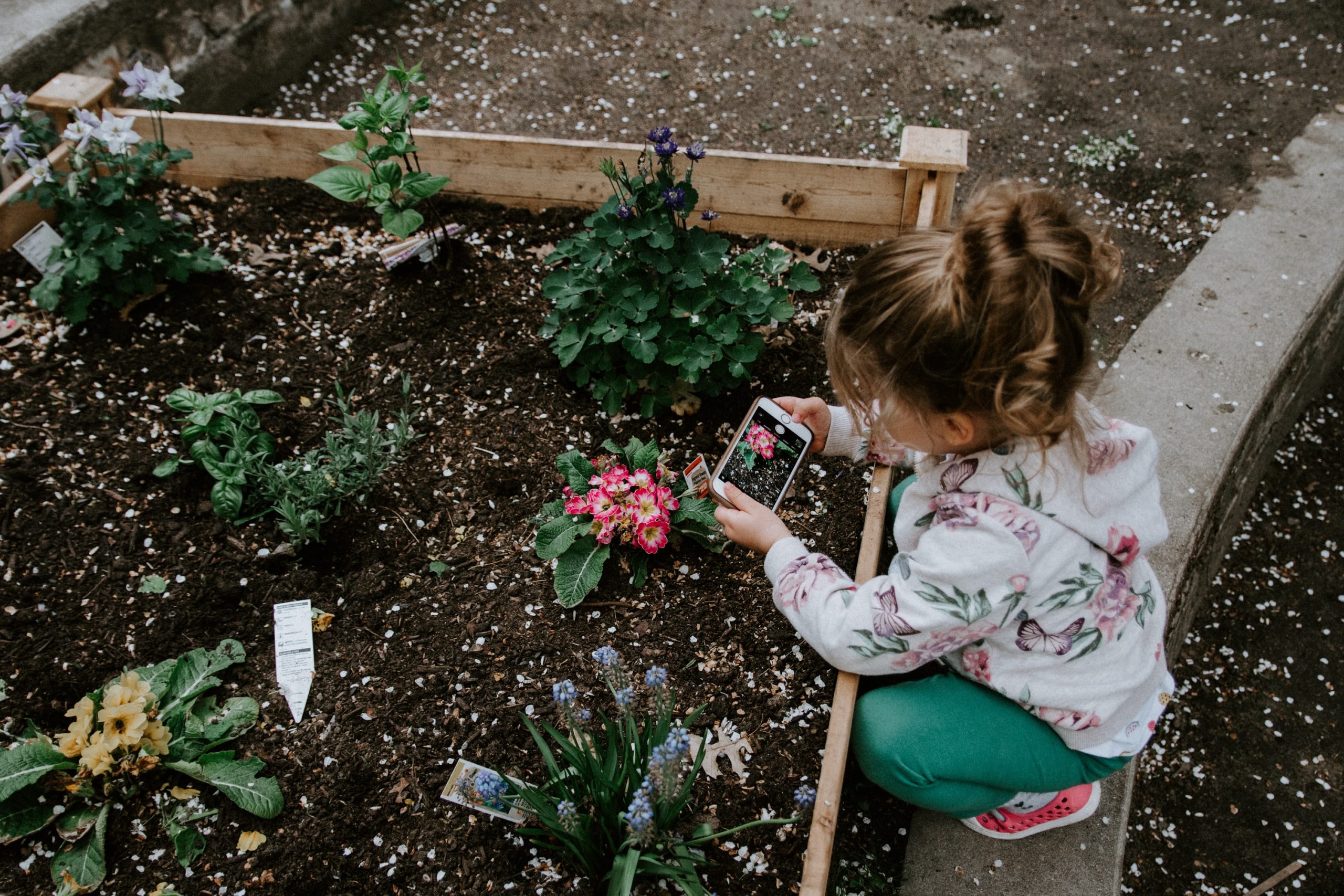
Keep your garden beautiful this spring and summer by keeping critters out! Need some help critter proofing your garden? Contact us for a custom critter keep away solution that works best for your yard’s needs!



